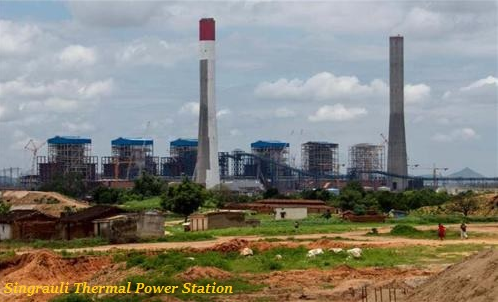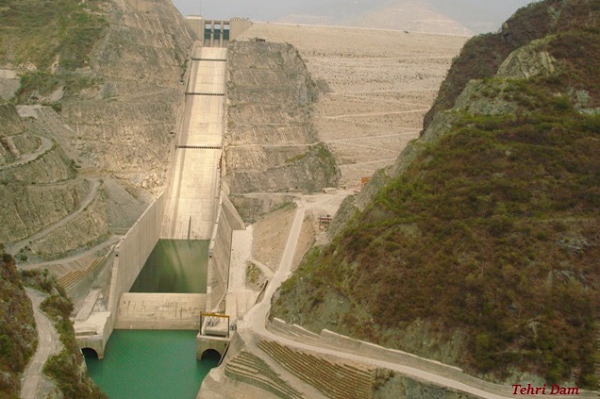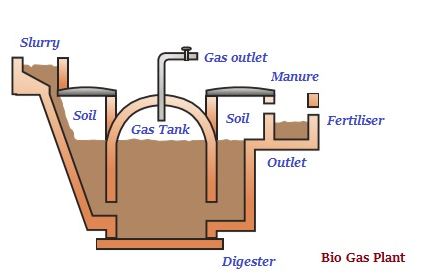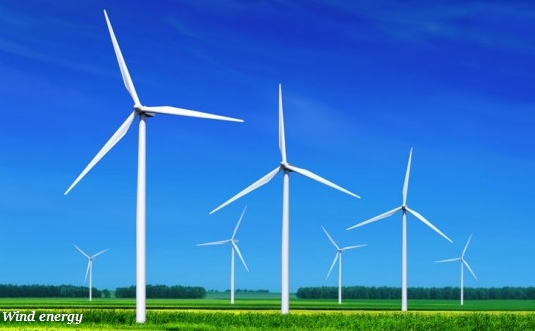
- Physics Notes for UPSC IAS Prelims (Part I)
- Physics - Home
- Physics - Force and Pressure
- Physics - Friction
- Physics - Some Natural Phenomena
- Physics - Motion
- Physics - Force and Laws of Motion
- Physics - Gravitation
- Physics - Mass and Weight
- Physics - Work and Energy
- Physics - Light
- Physics - Reflection and Refraction
- Images Formed by Spherical Mirrors
- Physics - Refraction of Light
- Physics - Spherical Lenses
- The Human Eye & Colorful World
- Refraction of Light Through a Prism
- Physics - Electricity
- Chemical Effects of Electric Current
- Magnetic Effects of Electric Current
- Physics - Electric Motor
- Physics - Source of Energy
- Physics - Sound Part I
- Physics - Sound Part II
- Speed of Sound in Different Media
- Physics - The Solar System
- Physics - Stars and The Solar System
Physics - Source of Energy
Introduction
Energy, which is neither created nor destroyed, has many sources; significant of them are −
Muscular energy − Most of the organisms have it (by default); this is the reason that we have the capacity to do physical works.
Electrical energy − Most of the electrical appliances in our home run on electrical energy.
Chemical energy − chemical energy is normally used in cooking, running vehicles, etc.
Based on the energy reserves, energy is categorized as −
Conventional Source of Energy − The sources of energy, which is found in limited amount (and exhaustible), are known as conventional source of energy. E.g. fossil fuels (such as coal, petroleum, etc.).
Non-Convention Source of Energy − It is also known as renewable source of energy. E.g. wind energy, solar energy, geo-thermal energy, etc.
Thermal Power Plant
Huge amount of fossil fuel is burnt to heat up water to produce steam, which ultimately runs a turbine and generate electricity.

The term thermal power plant is used purposefully, as fuel is burnt to produce heat energy which is ultimately converted into the electrical energy.
Hydro Power Plants
Running/falling water has huge potential energy; the hydro power plant converts this potential energy into electricity.

Dams are purposefully constructed to electricity through water.
However, construction of big dams is threatful for the respective ecosystem; therefore, big dams are allowed to be constructed only in particular geographic location.
Bio Mass Fuel
The fuels, generated through the products of plants and animals, are known as bio mass fuel. Gobar Gas (Bio Gas) is the best example of bio mass fuel.

Bio-gas is an excellent source of fuel, as it contains about 75% methane.
Bio-gas burns without smoke and leaves no residue like ash in wood.
Wind Energy
Wind has great amount of kinetic energy, which can be harnessed by wind mills.

The rotatory motion of the windmill is set to run the turbine that ultimately generates electric energy.
In Denmark, more than 25% of electricity (of total requirements) are generated through a vast network of windmills; therefore, it is known as ‘country of winds.’
However, in terms of total output, Germany is ranked first.
India has fifth position in terms of harnessing wind energy for the production of electricity.
With the capacity of 380 MW, Kanyakumari (Tamil Nadu), is the largest wind energy farm in India.
Wind energy is an environment-friendly technology and efficient source of renewable energy.
However, one of the biggest limitations with the wind energy is – it cannot be set up anywhere, but rather it can be set up in the region where we can get the wind blowing consistently at the speed (at least) 15 km/hour.
Solar Energy
The energy produced through the solar rays, is known as solar energy.
Such kind of energy has very low maintenance cost.
It can be used on small scale (such as only lit a tube light with fan) as well as to run a big industry, as it has a great potential.
However, the technology is still very costly; therefore, it is difficult to make widespread.
Tidal Energy
The energy produced by the potential power of tides is known as tidal energy.
A turbine is set up at the opening of the dam (constructed nearby coast) that converts tidal energy to electricity.
Wave Energy
Sea waves have great potential energy nearby the coast; hence, the electric energy produced by the sea wave is known as wave energy.
Ocean Thermal Energy
The electric energy, produced by the temperature difference of oceanic water, is known as ocean thermal energy.
Geothermal Energy
The electric energy, produced from the natural hot springs, is known as geothermal energy. Manikarn, Himachal Pradesh, is the site of geothermal energy in India.
Nuclear Energy
The energy, released by the process of nuclear fission or fusion, is known as nuclear energy.
During the process of nuclear reactions, the nuclear energy is released, which is used to generate heat; this heat energy is then used in steam turbines to produce electricity.